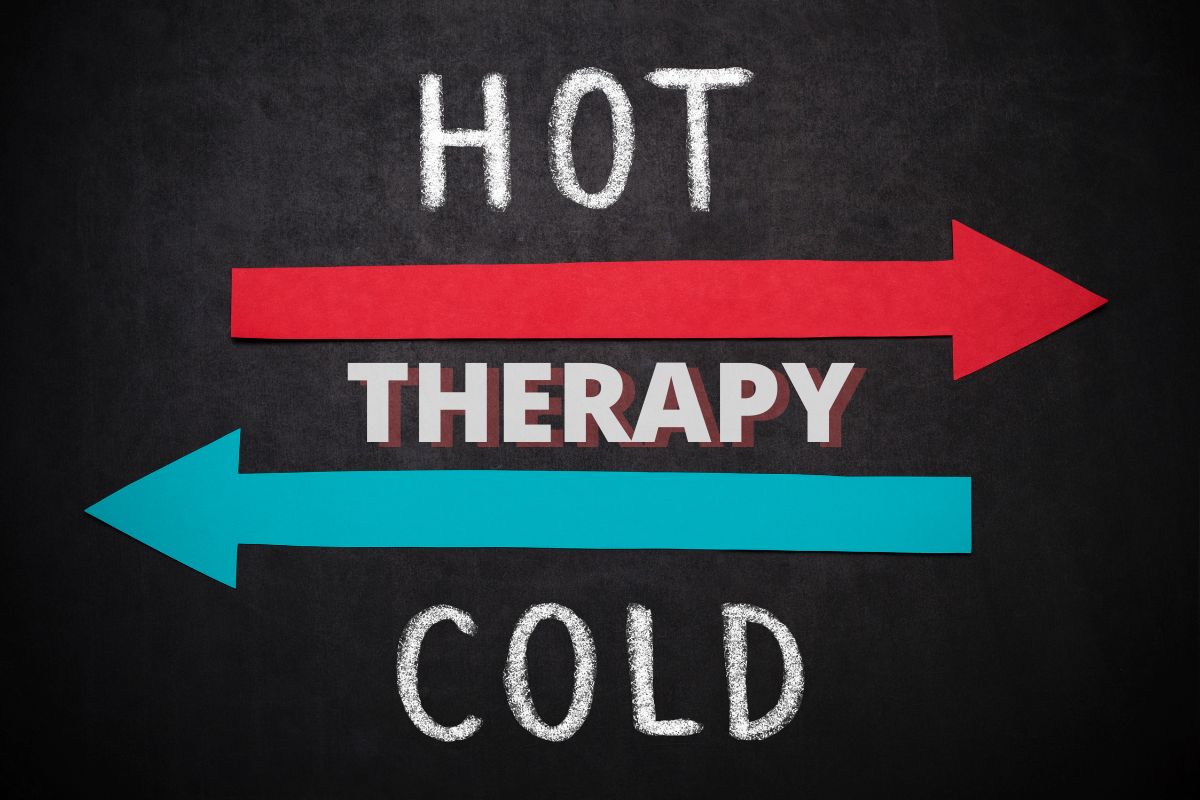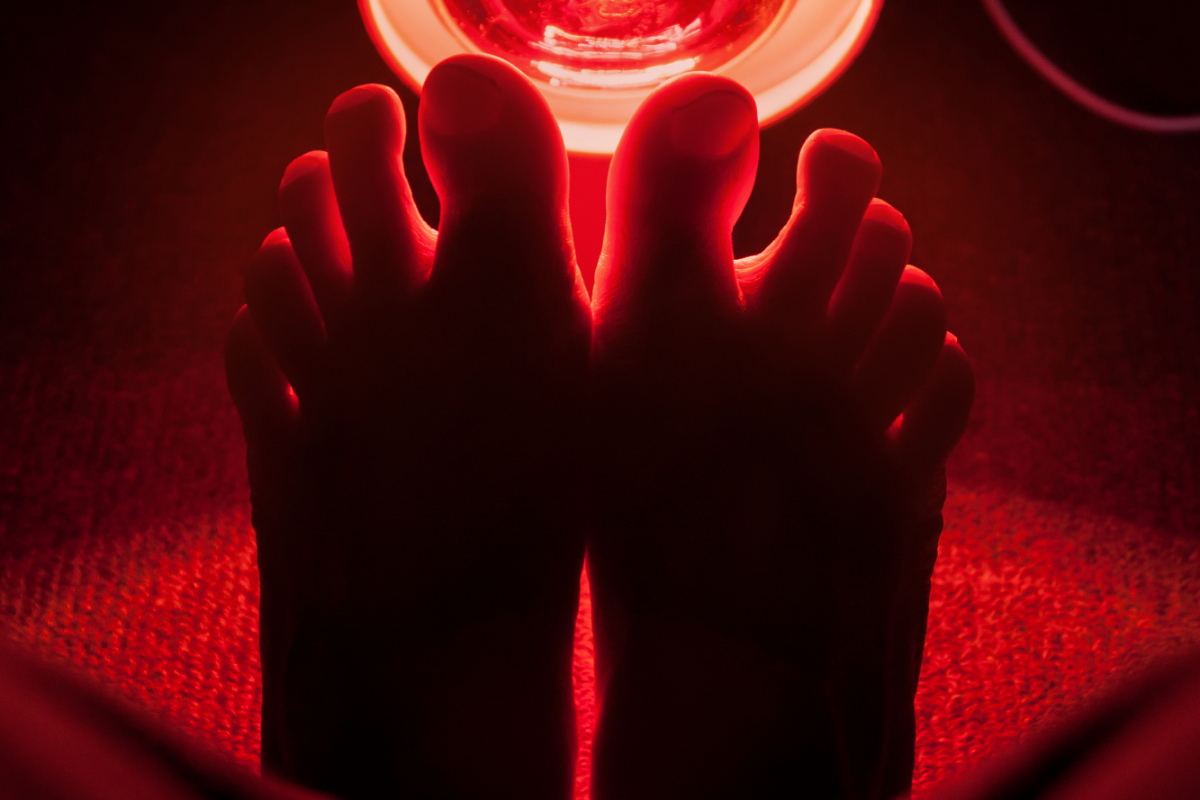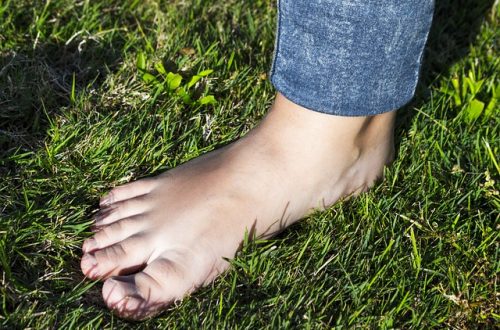Is heat therapy an effective form of treatment for plantar fasciitis? Applying heat therapy to the damaged plantar fascia will improve blood flow circulation to the area, and provide more oxygen, which will help promote the healing process. Also the heat will help to relax the muscles and tissue of the foot, which will provide some pain relief.
Let’s look a little deeper into how and why heat therapy can be so beneficial to your plantar fasciitis recovery.
Does heat application help heal plantar fasciitis?
Applying some kind of heat therapy to the damaged plantar fascia will most certainly help with the healing process. Heat should be applied when you are in the “chronic” stages of plantar faciitis, ie you have had the condition for in excess of 2 weeks or more.
People suffering the initial pain, or beginning stages of plantar fasciitis will be in the “acute” stages of plantar fasciitis, and so would benefit more from icing/cold therapy, and following the “RICE” method!

How heat therapy works!
When you apply heat to the affected area of the foot, the blood flow circulation is increased bringing more oxygen to the area. This increase in circulation promotes healing of the damaged tissue and helps to relax the muscles, which brings pain relief.
How Often You Should Apply Heat Therapy For Plantar Fasciitis
Unlike cold therapy that should be limited, heat therapy provides better results if allowed to work over a longer period of time, such as 30 mins, and up to 2 hrs.
There is no real limit to how often you can apply the heat therapy, as it can be used to help relieve pain, as well as promoting healing. Therefore you can apply the heat as often as you feel is necessary.
Many people find using heat therapy at the end of each day beneficial to relax and soothe aching feet!

Different Methods of Heat Therapy Application
There are a variety of different ways of applying heat to the affected plantar fascia. Some ways will be easier, or have a more positive effect for your condition, and so trying different methods would be recommended to see which works best in your situation.
Heat therapy does not have to be complicated and can be as simple as a foot massage that causes friction heat, or soaking your feet in a bowl of hot water!
The two main methods of heat application are Dry Heat or Moist Heat.
Dry Heat Application Methods
As the name suggest, dry heat therapy is applied without the use of moisture. This is also known as “conduction” heat therapy.
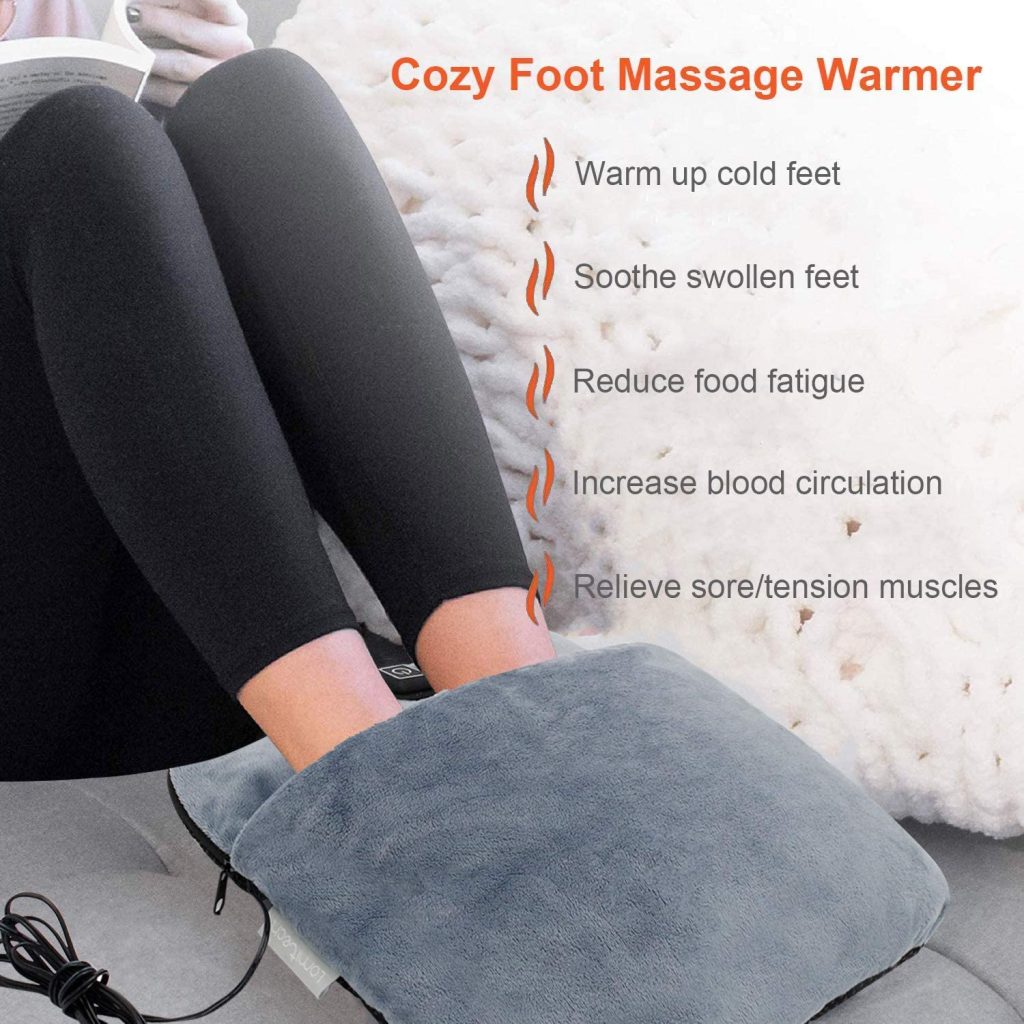
Some dry heat application methods include:
- Microwave heating packs such as rice or bean filled bags
- Hot Water Bottle
- Heat Lamps
- Dry Foot Massage (friction heat)
The advantages of dry heat application is that the affected area is heated quickly and more directly than the moisture heat methods.
Dry heat methods also tend to hold their temperature for longer and are also considered less messy methods.
A disadvantage of this method is that the dry heat pulls moisture out of the skin and can cause dry skin issues in some users.
Moist Heat Application Methods
Again, as the name suggests, the moist heat method involves adding some kind of hot moisture to the affected area, such as water or lotion. This type of heat therapy is also kown as “convection” heat therapy.
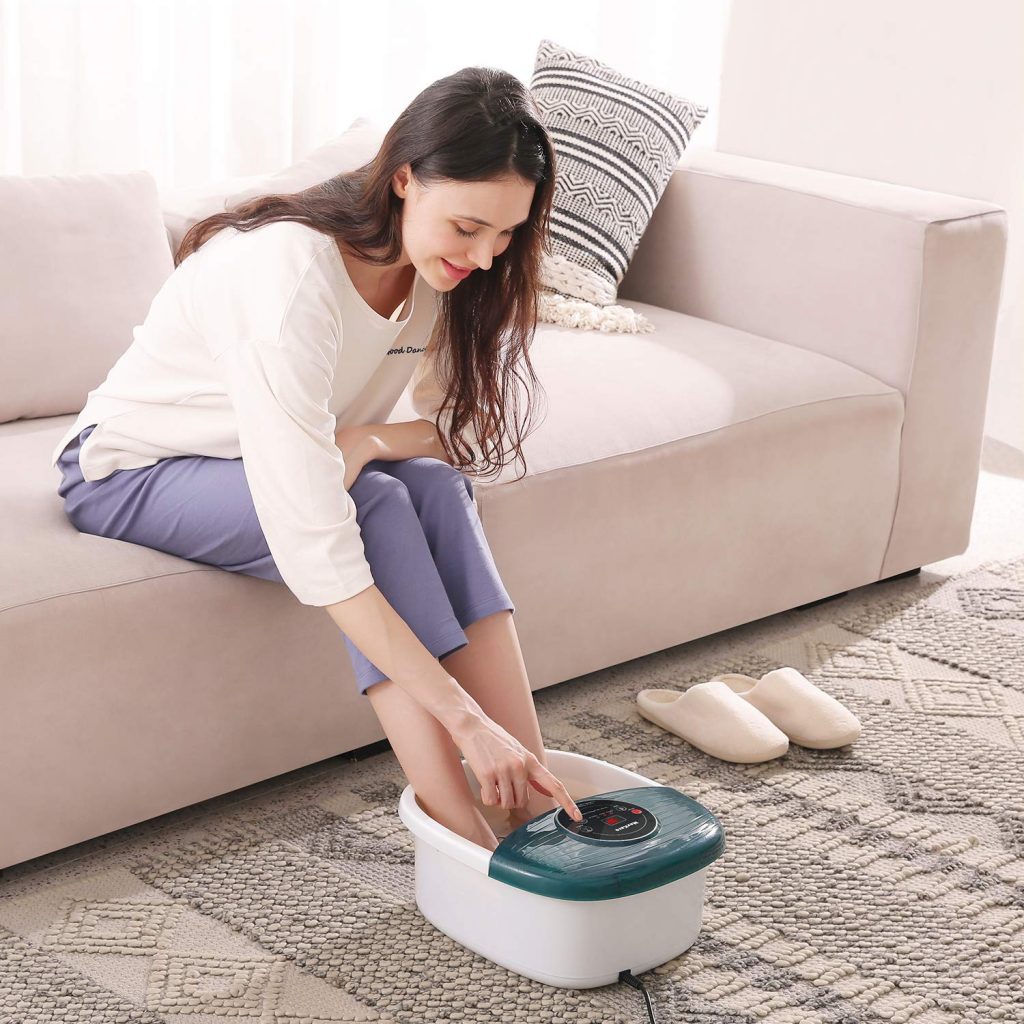
Some of these methods include:
- Deep heat creams, lotions or sprays
- Hot steam towels
- Moist heating wraps and gel packs

The advatages of using moist heat application is that the heat tends to penetrate much deeper than the dry surface heat methods. This allows for better circulation and muscle/tissue relaxation.
Obvious disadvantages of this method are the ease of implementation. It is not viable to walk around with a foot spa or hot towels and so application times can be limited.
Risk of Injury / Scalding!
If you choose to use a moist heat application, take care to ensure that the liquid being applied is not too hot. Sometimes warming things in the microwave can come out hotter than expected, as can the application of hot water or gel packs. Be sure to test the temperature of the application prior to using.
Infrared Light Heat Therapy
There are now procedures available that allow heat to be applied deep within the tissue and muscles using infrared light therapy.
Studies have shown that infrared light treatment is effective in the recovery process of plantar fasciitis. [source]
This form of therapy uses infrared light beams that are invisible to the naked eye, but are directed to pinpoint the exact location of the plantar fascia damage.
This direct infrared laser application has been proven to be an effective form of treatment in the recovery of plantar fasciitis.
You can read more about this treatment method in our article on the topic here.
When Heat Therapy Should NOT Be Applied
In certain circumstances, the use of heat therapy could be dangerous or cause more damage to the affected area. People suffering from certain medical conditions or fresh muscle injury should avoid using heat therapy.
Some of the instances where heat therapy should be avoided include:
- On a fresh injury such as sprain, pulled muscle etc (ice / cold therapy is advised for the first 48hrs)
- On an open wound or bruised area
- On areas that are inflamed, red or raw from a skin condition
- On any area that shows signs of swelling
- On sufferers of deep vein thrombosis, diabetes or dermatitis.
As you can see, heat therapy can play an important role in the recovery process of your plantar fasciitis condition.
Applying heat therapy as part of your daily plantar fasciitis recovery plan, will not only help you get relief from the pain and suffering of plantar fasciitis, but will improve the circulation and blood flow to the affected tissue, further promoting healing of the damaged plantar fascia.
Find a method of heat therapy that works best for you and try to implemet in on a daily basis, to help with your plantar fasciitis recovery and pain management.

